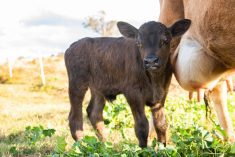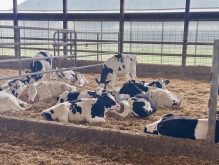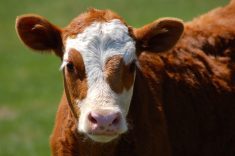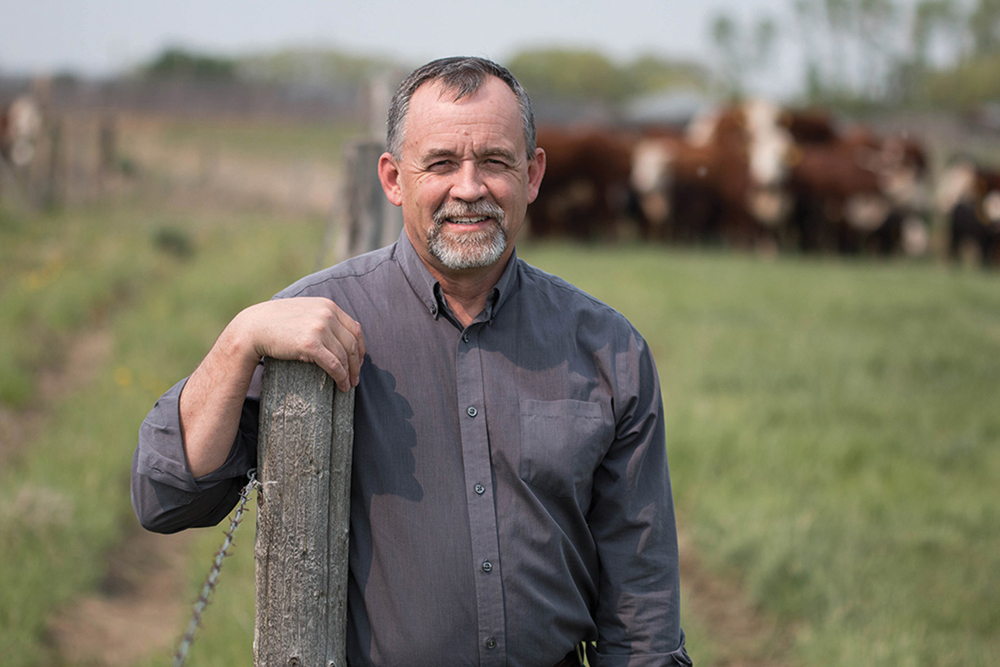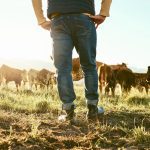Calf stress after weaning shouldn’t be a surprise, producers heard during Manitoba Agriculture’s first Stock Talk webinar of the year in November.
Calves have spent their entire lives on the farm with mom. Suddenly, mom isn’t there and, for those bound for auction, neither is the farm.
“This is a very stressful time for them,” said Elizabeth Nernberg, Manitoba Agriculture livestock and forage specialist. “Anything you can do to ease that stress and get them on the right track is what we’re after to get them well on their way.”
Read Also
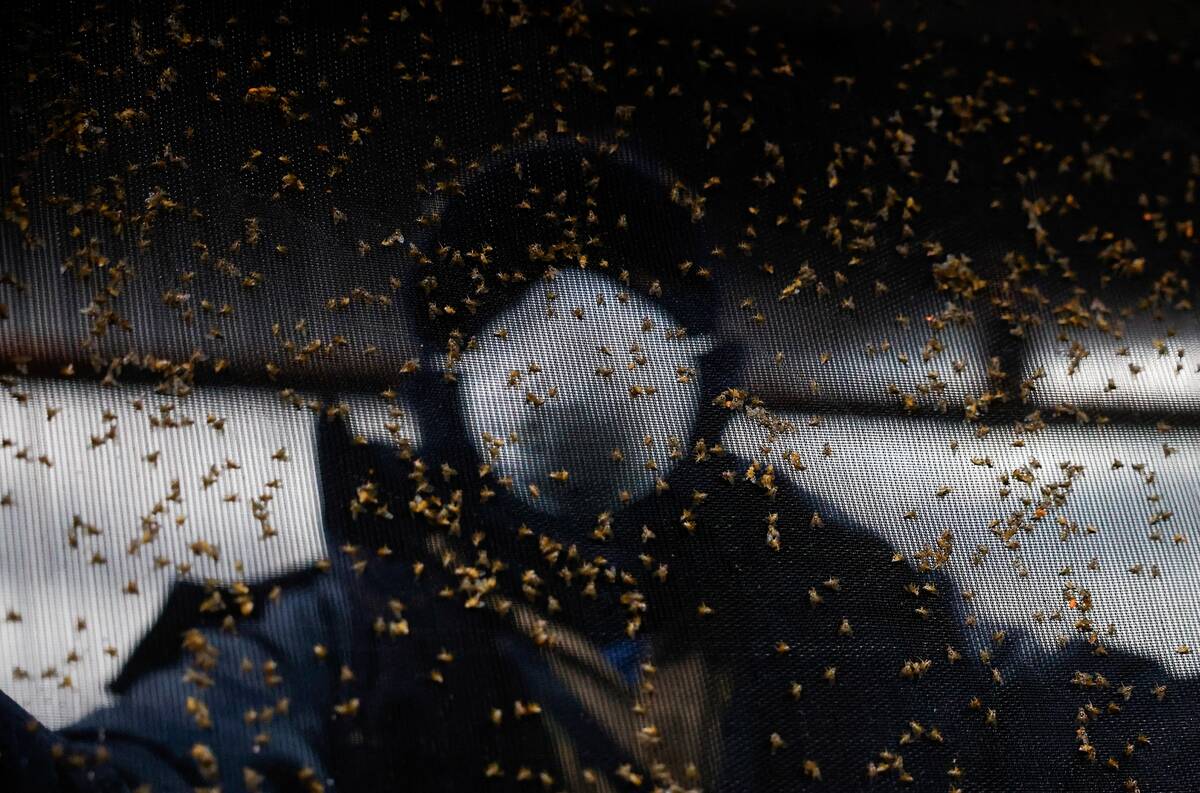
Canada too cold for New World screwworm
New World screwworm is closing in on the U.S. from Mexico, but the deadly livestock parasite isn’t likely to dig a surviving population in Canada, even if the fly species sneaks over the border.
Why it matters: Weaning procedures and management in the weeks afterward can make a big difference in calf performance.
Low-stress weaning is a conversation all its own. Proponents point to better gains post-weaning and health advantages. A stressed calf is at greater risk of infection and illness, so there is a case to be made for practices like fence line weaning or use of nose flaps that hinder nursing.
Results from the 2022-23 Canadian Cow-Calf Survey showed that just under half of respondents used some form of low-stress weaning.
Management after weaning will also affect how calves do as they transition to feed.
When the calves aren’t stressed, gains should be more efficient, listeners heard. Small- and medium-framed calves (300-500 pounds) should gain at least 1.5 lb. per day. A large-framed animal (500-600 lb.) should add two to 2.25 lb. per day.
The first three weeks after weaning are critical, Nernberg said, and she urged producers to pay special attention to stress reduction and health promotion. That means a focus on muscle growth as well as weight gain.
This could include things like providing enough space — 160 to 250 square feet per head, plus feed bunk space — enough proper feed, and monitoring post-weaned calves at least twice a day. Try to keep things as comfortable and familiar as possible, she said.
Nernberg recommended starting calves on good quality grass feed similar to what they’ve already been eating in the pasture. That should last about a week. Following that, the producer can slowly introduce alfalfa to avoid scours and bloat. Rations can be changed gradually to silage, grain and concentrates, but it’s important to maintain a typical ratio of 60 to 70 per cent forage, she said.
“When we’re talking about incorporating grains, start with a pound of grain. Increase the concentrate by half a pound per head, per day, until that desired level is reached.”
Nernberg warned listeners against starting calves on high moisture feeds and silage too early. They should be at least 400-500 lb. before they start eating such rich diets, she said. Smaller calves won’t have the “room” for necessary food and water for healthy digestion.
Feed testing is part of a successful transition, she noted.
“Once you know what you’ve got, then you can determine whether you need to source other feedstuffs in. And when it comes to balancing rations, if you’re putting garbage in, you’re going to get garbage out.”
The other major element is clean, plentiful water. Resources from the Beef Cattle Research Council stress the role of good water. Animals that don’t have enough or have poor water won’t eat as much, gain as much or be as healthy.
Nernberg recommended cleaning troughs regularly to help calves fully transition to water without milk.
Canadian winter
Cold temperatures also mean more energy needs.
“Rule of thumb is, with every degree below that lower critical temperature, we need to increase the total digestible nutrients or energy values by one per cent,” Nernberg said.
“A lower critical temperature of -8 (C) has been used for livestock with dry heavy coats, but -21 (C) in calm conditions has been used for well acclimatized animals.”
The yard’s layout can also play a role in how well calves weather the cold, she noted. Shelter or windbreaks encourage animals to go to the feed bunk.





